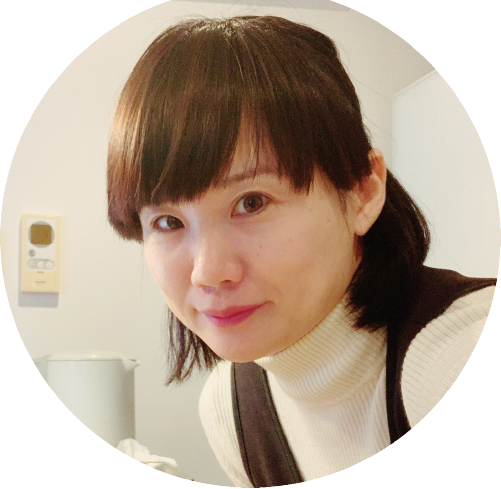
今回はヒストレディオの特別エピソード 「歴史コレクション」。私が苦手な世界史を勉強する上で、疑問に思って調べたことや役立つ豆知識を英語で読んでいきます。歴史の勉強が楽しくなるような知識をコレクションしましょう!
Listen on podcast〜ポッドキャストで聞く
English
Chemistry teaches us that all substances consist of fundamental components called elements, which in turn are composed of tiny particles called atoms. While many atoms are stable, some can become unstable and, in re-establishing their stability, release excess energy. This energy is called radiation, and the substances whose atoms release it are called radioactive.
Japanese
科学の世界では、すべての物質は元素という基本的な物質から構成されていて、その元素はさらに原子と呼ばれる小さな粒子からできています。
多くの原子は安定していますが、中には不安定になるものもあり安定した状態に戻るために、余分なエネルギーを放ちます。このエネルギーは放射線と呼ばれます。そして放射線を放出する原子をもった物質を放射性物質と呼びます。
English
Radiocarbon dating (or, simply, carbon dating) is a scientific method for estimating the age of organic matter by analyzing the ratio of radioactive carbon 14 atoms to non-radioactive carbon 12 atoms in the matter. The method was invented in the late 1940s by the American physicist Willard F. Libby, who was awarded the Nobel Prize in Chemistry for elucidating the method’s underlying theory. Radiocarbon dating has since revolutionized archaeology and paleontology.
Living organisms constantly absorb carbon through breathing and eating. Although most of this carbon is carbon 12, radioactive carbon 14 is also absorbed. While an organism is alive, the ratio of carbon 12 to carbon 14 within it remains constant. However, when the organism dies, the amount of radioactive carbon 14, which has a half-life of 5,730 years, starts to decrease as carbon 14 releases energy, while the amount of stable carbon 12 remains unchanged. By measuring the proportion of carbon 14 to carbon 12, scientists can calculate how many years have passed since the organism’s death. This method is accurate up to an age of approximately 60,000 years.
You can see the experimental apparatus used for radiocarbon dating at the museum of the University of Tokyo.
Japanese
放射性炭素年代測定法(または炭素年代測定法)とは、放射性炭素14原子と非放射性炭素12原子が有機物にどれくらいの比率で含まれているのかを分析することにより、その有機物がどれくらい古いものなのかを推定する科学的な手法です。この方法は1940年代後半にアメリカの物理学者ウィラード・F・リビーによって考案されました。リビーはこの推定法の基礎理論を解明した功績によりノーベル化学賞を受賞しました。そしてこの放射性炭素年代測定法は考古学や古生物学に革命をもたらしました。
生物は呼吸や食事を通して絶えず炭素を体内に吸収しています。このとき生物が吸収する炭素のほとんどは炭素12ですが、放射性の炭素14も含まれています。生物が生きている間は、体内の炭素12と炭素14の比率は一定しています。しかし、生物が死ぬと、半減期が5730年の放射性炭素14はエネルギーを放出して減り始めますが、一方で安定した炭素である炭素12の量は変わりません。この炭素14と炭素12の割合を測定することで、科学者は生物の死後何年経過したかを計算することができます。この方法は、約6万年の物質まで正確にはかることができます。
放射性炭素年代測定に使われる実験装置は東京大学総合研究博物館で見ることができます。
おまけ:トムレラーのThe Elements Song
Vocabulary
elements
Atoms
radiation
radiocarbon dating
elucidate
revolutionize
paleontology
half-life
apparatus
番組への感想やご質問、お便りはこちらから。